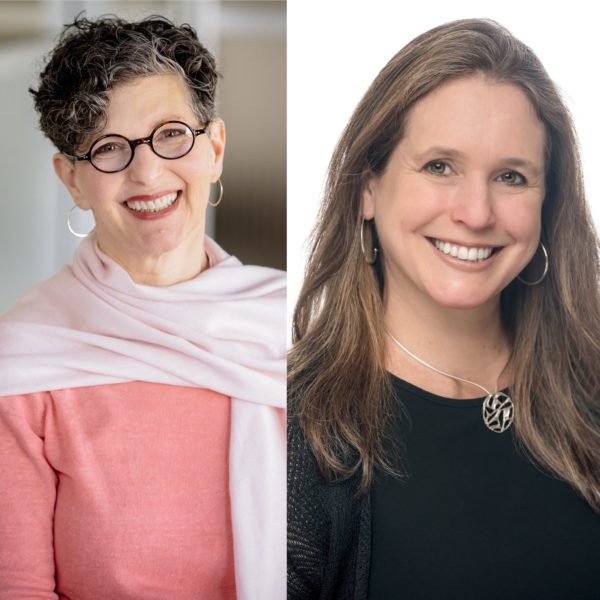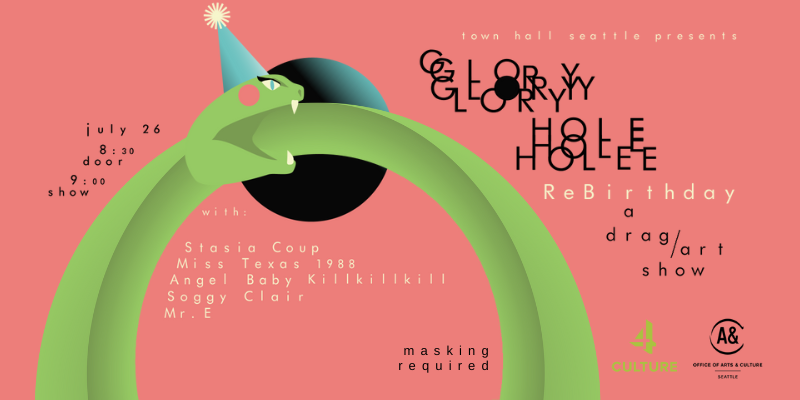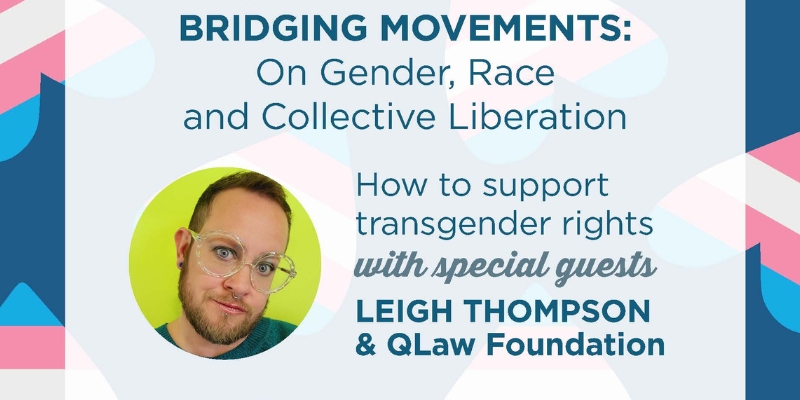Can arts change our communities like they change our lives? ArtsFund will share pivotal research from their first-ever Social Impact of the Arts Study in King County on May 17 at Town Hall’s newly renovated Forum. Town Hall asked Sarah Sidman, ArtsFund VP of Strategic Initiatives and Communications to interview KUOW’s Marcie Sillman about the study and the impact of the arts.

Marcie Sillman and Sarah Sidman
Sidman’s recent interview with Sillman is below:
It’s a pivotal moment for King County. We’re experiencing rapid economic and demographic growth while simultaneously grappling with pressing challenges around education, homelessness, healthcare and mental health, workforce development, and income inequality. On May 17th, Town Hall and ArtsFund are presenting “Arts & Action to Better Our Community”, a panel discussion and civic dialogue focused how arts advance positive and equitable outcomes in our community. I’ll be sharing findings from our new Social Impact of the Arts Study, followed by a panel and discussion examining how we can harness the impact of the arts to address these challenges and advance community priorities. The panel will feature Randy Engstrom, James Miles, Vivian Phillips, and Jay Vogelsang, and will be moderated by Marcie Sillman, Arts & Culture reporter at KUOW who has been covering the sector in King County for more than 30 years.
I recently sat down with Marcie to talk about the program, arts’ social impact and the potential for making positive change in our community, and the urgency around having conversations like this one.
SS: What’s your passion around the topic of arts’ social impact? Why are you involved in this program?
MS: I’m involved because I respect ArtsFund. My passion goes beyond the social impact of arts. I have a passion for the arts and cultural realm of society in general. If you want to narrow it down to talk about social impact, I truly believe that ‘art outlives politics’. I think this is a realm where what can happen is changing lives. I think the way that you really make change is to touch somebody in the most ineffable of ways. An artistic experience can do that. And, more than that, there’s a whole lot of scientific study that talks about neural pathway development and creative problem-solving. So, scientists are on the side of what I always knew.
SS: You’ve said before, and just alluded to it now, that the ArtsFund study reinforces what you’ve seen to be true…can you elaborate?
MS: Over many years, I’ve done a lot of stories that talk about community engagement, or as I was just saying, creative problem-solving. Most of them have an educational focus, but also community-building. Participation in something as simple as singing together can create new kinds of communities, where maybe they didn’t exist before. The results of your impact study confirm all these stories. I’m like, ‘well, of course!’.
SS: You’ve been covering arts and culture in our region for over 30 years. Over the course of that time, what do you think is unique about the Central Puget Sound arts and cultural landscape and how it has evolved?
MS: I think we don’t really understand the breadth and the quantity of what we have. We have everything! I think the cultural community is so varied. We’re rich in areas like contemporary dance, we’re a center for literature, we’re clearly a center for theatre, visual arts as well. This is a center where people come. I think what’s unique about our community in all areas, is a willingness to collaborate and work together. So, what I’ve seen is both a growth in what’s offered, but also a community that has a lot of mutually supportive elements. A third strand of change that touches on social impact, is that when I first started reporting on the cultural community here, it was on individual productions or individual artists. I still do that, but what I see now is less of a divide between professional performances or professional artists and community-based arts and arts that come from growing immigrant communities for example.
SS: The scope of partnership was one element that we uncovered in the study—4 out 5 arts nonprofits are working together with partners outside the sector, with schools, city departments, refugee and immigrant organizations, hospitals and clinics, senior centers, and so much more. How do these trends that you just mentioned plug in to this conversation?
MS: Based on close observation over a long time, what I’ve seen is more intentional partnerships from big organizations, like the Seattle Symphony working with Mary’s Place on the Lullaby Project. The Seattle Art Museum is a great example as well, of really being much more strategic in the kind of partnerships that it’s building with intention to make social change. I think there’s a growing awareness across the city in all sectors that they don’t just exist on an island; that they’re part of an ecosystem—and for an ecosystem to remain healthy all parts of it have to be healthy. Arts organizations are doing what they can to really be intentional about building that health.
SS: What are some ways you’ve seen the arts and cultural sector take on community challenges?
MS: That has started in the Office of Arts and Culture. I think under Randy Engstrom’s leadership the Office of Arts and Cultures’ main mission is to use culture in all of its forms to foster social and racial justice and equity in this city. To have that city department setting the tone sends a message all the way down the line. They’re modeling what they think organizations can do and I see that reflected in the kinds of offerings at major professional organizations.
SS: Where do you see ArtsFund plugging in?
MS: Clearly ArtsFund has played a major role in the health of the city. Before we can even have the social impact conversation, there have to be organizations to have that conversation. So, I think what you do has been pivotal in really shining a spotlight on why arts and culture really matter to our region. If you were not developing board members, if you were not providing funding, if you were not holding organizations up to a certain level of health, the conversations that ensued could not exist.
I think that this study is the next step. I think one of your roles is to try reach beyond the community itself, and try to fold in community members who, as you found in your survey, have attended arts events but who may not think that arts are critical in any aspect of their life. I think your role, if you have the means to do the kinds of studies you have done, is to have hard numbers. Data seems to speak to a large portion of our citizenry in ways that maybe stories of the heart don’t. I may be able to touch 10 people who don’t need the statistics, but the statistics in our data driven society really seem to make an impact.
SS: Why do you think it’s important we be having these conversations now?
MS: Ever since 2008 with the great recession, arts organizations have been really struggling to rebuild their funding. I think that they’re also trying to figure out how to expand their audience base and provide programming that speaks to an increasingly diverse population. In doing so, to make these cultural entities and cultural activities something that is indispensable in our society. I think we need to talk about the social impacts. I think we need to talk about economic impacts. I think we need to talk about community ties. I think we need to talk about what the arts say about who we are. We have increasingly diverse populations that are coming from places and bringing their own cultural traditions with them and they’re important, they’re touchstones. I think every conversation about why arts and culture are intrinsic to who we are as human beings is important. We can’t have enough of those conversations!
SS: You’re the professional interviewer—what should we have asked you? Anything else you wanted to say?
MS: I’m glad that this event is happening, I expect it will be a really fruitful conversation because there are some great minds who are going to be on the panel. Arts and cultural activities not only make us richer and well-rounded human beings, but as you’ve shown, they really do change lives.
Join us at Town Hall on May 17th to continue the conversation. You can purchase your tickets now.
The artwork atop this blog post is entitled ‘Seattle Artist’s Magic’, created by Taylor Hammes.


